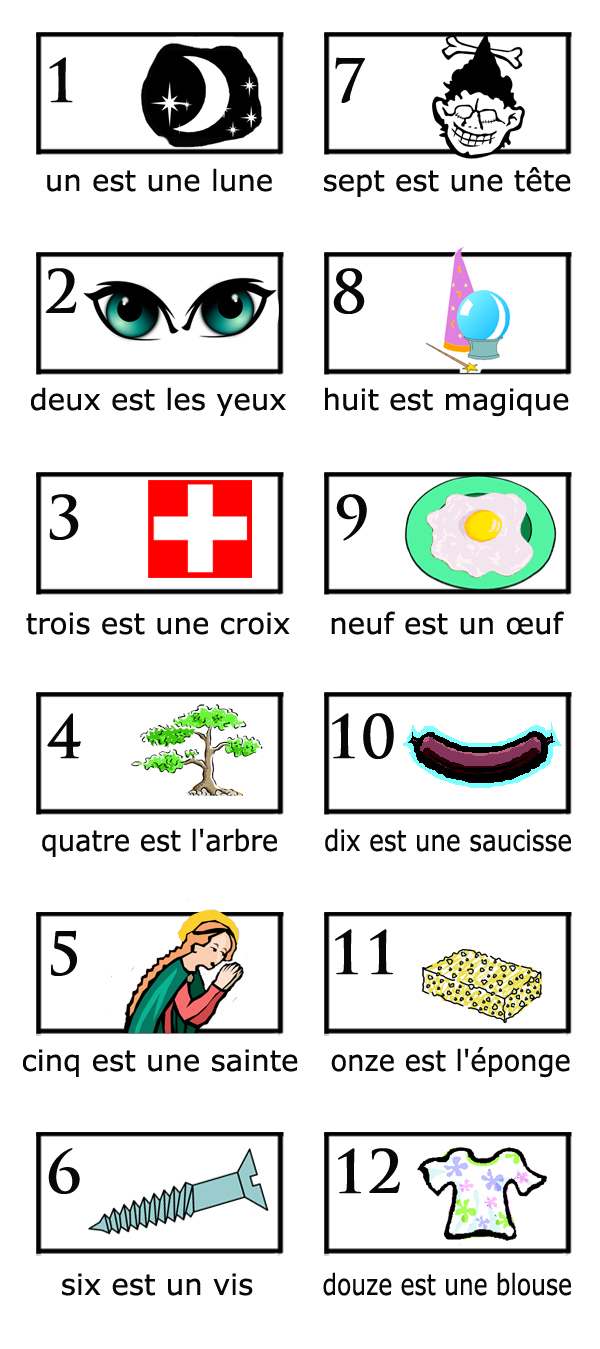I was listening to a podcast the other day. Two psychologists (Andrew Wilson and Sabrina Galonka) were being interviewed about embodied cognition, a topic I find particularly interesting.
- Strategies
Everyday Strategies
- Lifestyle & Aging
Lifestyle
- Sleep & Circadian Rhythm
- Problems
Forgetting
Absentmindedness
Cognitive Impairment
- How Memory Works
Types of memory
Individual Differences
How the brain works
